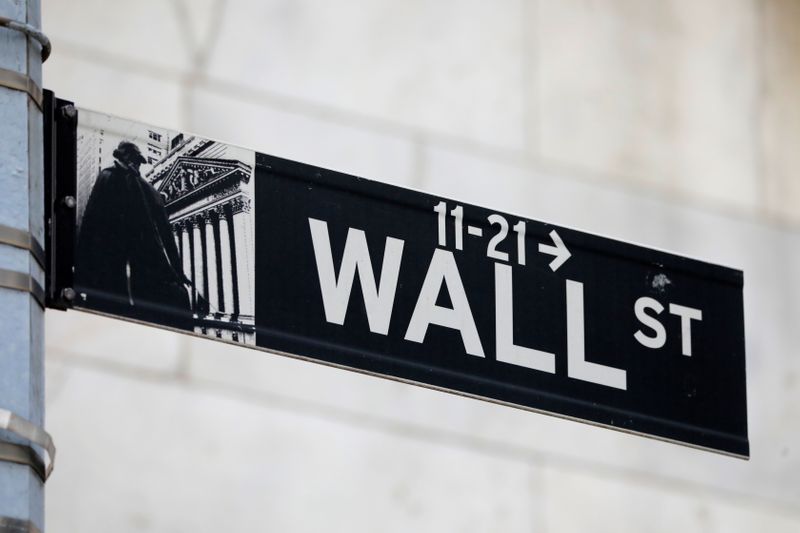This post was originally published on this site

Investing.com — U.S. stocks are seen opening marginally higher Wednesday, helped by Hong Kong easing COVID restrictions, but remain on course to post their worst year since 2008.
At 06:55 ET (11:55 GMT), the Dow Futures contract was up 110 points, or 0.3%, S&P 500 Futures traded 12 points, or 0.3% higher, and Nasdaq 100 Futures climbed 30 points, or 0.3%.
The three major averages closed in a mixed fashion on Tuesday, the first trading day of a holiday-shortened week, with the blue-chip Dow Jones Industrial Average gaining less than 40 points, or 0.1%, while the broad-based S&P 500 dropped 0.4%, and the tech-heavy Nasdaq Composite slumped 1.4%.
Weighing heavily on the Nasdaq was Tesla (NASDAQ:TSLA), following reports the electric car manufacturer was planning to run a reduced production schedule in January at its Shanghai plant, prompting worries of a drop in demand in the world’s biggest car market.
Sentiment is improved Wednesday, helped by Hong Kong announcing the ending of more COVID restrictions, following on from Tuesday’s move by Beijing to no longer require inbound travelers to go into quarantine from Jan. 8.
That said, the indices are still on course to post their worst yearly performance since the financial crisis, with the Nasdaq set for the biggest loss, losing over 33% this year as investors rotated out of growth stocks amid rising recession fears. The DJIA and S&P 500 are on track to lose 8.5% and 20%, respectively.
Friday’s Personal Consumption Expenditures price index, the Fed’s favorite inflation gauge, increased 0.1% last month on a month-to-month basis, down from the 0.4% increase in October.
Although the slowdown in its rise has been welcomed, the index still increased 5.5% year-to-year in November, suggesting the Fed still has to tighten monetary policy into the new year, likely pushing the economy into recession.
The economic data slate Wednesday includes pending home sales for November and manufacturing data from the Richmond Federal Reserve, which could provide insights into the state of the U.S. economy.
In other corporate news, Tesla will again be in the spotlight, with its stock over 4% higher premarket, bouncing back after dropping 11% on Tuesday but is on course for its worst month, quarter, and year on record.
Oil prices fell Wednesday, handing back some of the previous session’s gains, as traders digested the COVID situation in China, the largest importer of crude in the world.
Crude prices soared on Tuesday after China relaxed restrictions for inbound travelers, but this optimism has dissipated Wednesday amid concerns the relatively abrupt removal of these curbs will likely bring more disruption to the economy through the first quarter as infections surge, limiting demand for crude.
The industry group American Petroleum Institute is due to release data on U.S. crude inventories later Wednesday, and stocks are expected to have fallen, adding to last week’s 3 million barrel draw.
By 06:55 ET, U.S. crude futures traded 0.3% lower at $79.31 a barrel, while the Brent contract fell 0.1% to $84.59. Both benchmarks rose to their highest in three weeks on Tuesday.
Additionally, gold futures fell 0.7% to $1,810.90/oz, while EUR/USD traded 0.1% higher at 1.0645.

